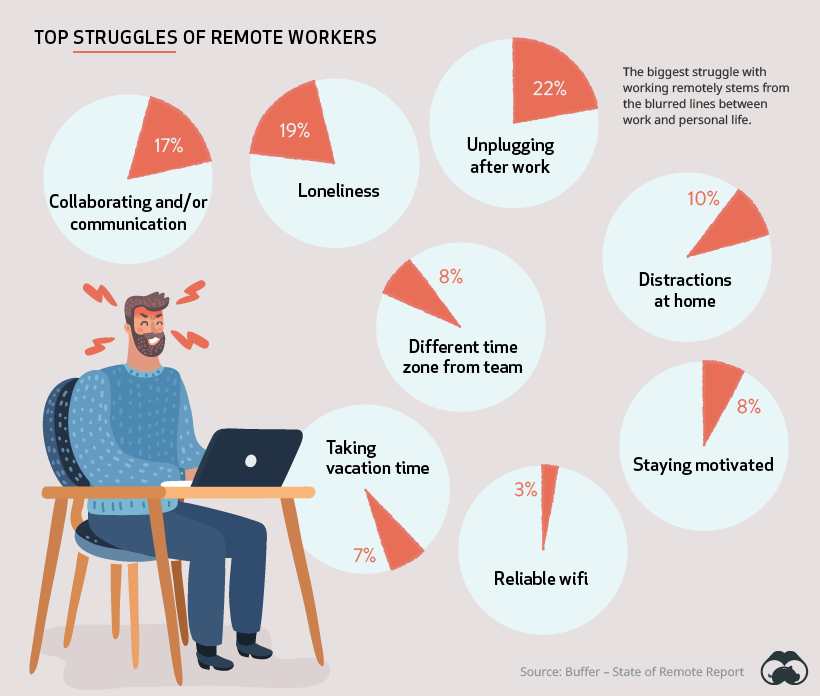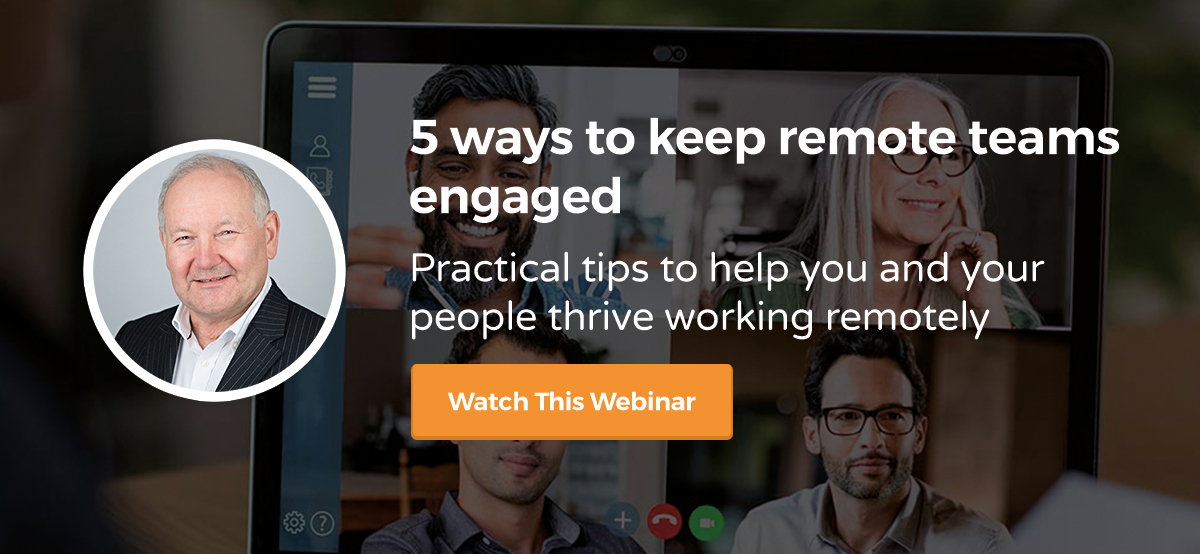We don’t really like change – history has wired us to be extra-cautious in unfamiliar situations. The instinct stays with us in the modern world, making us uneasy in new situations, whether that’s the first day at school or adjustment to a new employer.
It is the unanswered questions that are most difficult to cope with – we make a better show of coping with them as adults than we did as schoolchildren, but the same mixed emotions are at work under the surface. This is partly why so many people leave in the first of weeks of a new job, unless you can connect with them from the very start and help them to feel at home.
Do you need a formal onboarding process?
Yes, onboarding programs are an essential part of the employee lifecycle and central to building employee engagement. But that doesn’t mean it has to be a formal experience for the new employee – in fact quite the opposite. At a time when they have to absorb a lot of new information very quickly, the object is to get them relaxed so they can really take it in. We are simply more intelligent when relaxed, so an organisation that is trying to impress new employees with its importance and complexity is likely to be doing itself, and the new hires, a disservice.
The first 5-6 months are critical – around 50% of new hires have gone by then if companies don’t onboard effectively.
A 2007 study from the Wynhurst Group found that newly hired employees are 58 percent more likely to still be at the company three years later if they had completed a structured onboarding process.
But losses reduce hugely with an onboarding programme that answers people’s questions and settles them. Thus it is vital to get this right, but what are the unanswered questions the onboarding process needs to resolve?
Remember, if a flower doesn’t bloom, there’s no use blaming the flower. Every living thing tends to thrive if the conditions are right, so if people don’t do well you can look to the conditions they have found themselves in.
The need to feel secure, be social and feel purpose
Wherever we are and whatever we are doing, there’s a common set of things that almost all human beings are trying to achieve. We try, instinctively, to make our lives secure, to achieve some control over events, to interact with others in a social group, to do things that stretch us, are interesting and useful, to know we have been useful to our group, and to know that there’s some point to the things we’re doing.
These needs are instinctive, fundamental and non-negotiable, and they apply at work, in relationships, at the football club or wherever. At work they will unpack differently for different people with different backgrounds and lengths of tenure, but the same fundamentals apply if we want to stay in our job, achieve well and enjoy working life.
This explains what is going on in the minds of new hires as they try to integrate into their new setting, and we can now see what an effective onboarding experience has to provide if we want to keep new staff.
New hires will be trying to do several things in their first weeks:
- familiarise themselves thoroughly with the purpose of the company,
- make sure they know what exactly they should be doing, so as to prevent embarrassment and preserve their status,
- make sure they are on the same page as the people round them, because no-one likes being out on a limb,
- get together with more experienced staff and see if they can enjoy the fruits of co-operation
- check out their position in the group and build status by doing things that are useful (or sometimes just impressive) to others
If they can achieve these they will feel reasonably calm and settled.
Onboarding new employees remotely
That’s all very well, I hear you say, but how do we put in place an effective employee onboarding programme for remote workers?
Among the top struggles of remote workers are loneliness and collaboration and communication, so how do we ensure they feel part of the team and able to tell their manager about their concerns or difficulties they may be having.
IT support
For a start, you can make sure they have the IT equipment they need and ask the IT department (or nominated IT guru) to run them through how to use equipment, how to log on, where documents are stored and shared and which platforms are used for what functions. For example, what’s the preferred method of video calling? Is it Zoom, Microsoft Team or Google GoToMeeting?
Then, book a follow up call from one of their colleagues to check they are OK with their IT set-up – just in case they had questions they were too embarrassed to ask the IT person.
Workstation
You’ll want to consider helping your new starter establish a workstation, as similar as possible, that you would provide if they were in the office, especially if they’re going to be working remotely long-term or permanently. Having a new comfortable chair delivered to their home address would show that you really care about helping them to create a good work environment
Team introductions
Help your new hire to feel a sense of connection with their new team members. During the first few weeks, schedule in video meetings and introductory calls, both with and without their line manager, so that they can meet everyone and get a sense of what everyone does and how they can support them during their onboarding period and beyond.
Assign either a mentor or a peer “orientation buddy” who they can go to with any questions.
Employees with proper support during onboarding are 54% more productive as new hires.
Improving the employee experience is vital for ensuring that staff want to continue to work for you. Don’t forget to let them know about the fun staff too – virtual happy hours, lunches, bingo, quizzes or exercise classes are all great wellness initiatives for remote workers. The more engaged the new starter feels, the more likely they are to stick around and be successful in their new role.
Orientation session
Orientation sessions form part of every onboarding plan and are often done with senior leaders. They give the new hire an overview of the organisational structure, the organisation’s culture, its values, the brand and why the company started up in the first place. This is a good time to share their role-based goals and objectives so new hires know what to they need to focus on.
New starter documents
Provide the company policies, employee handbook, social media policies and training process to the new starter and let them know where these documents live. If you’re an ISO27001 certified organisation, you’re likely to have a system which records the date that these documents were provided with a record of confirmation from the employee that the polices have been read.
Be human
Be sure to foster a culture of compassion from the start. We all know what it’s like working from home. There’s any number of distractions than can happen; a barking dog, builders banging next door or yet another Amazon Prime delivery man or woman ringing the doorbell. You don’t want your new starter to worrying about things which are all a normal part of life.
Employee feedback
Smart onboarding incorporates employee feedback into the new onboarding process. You can begin by measuring how the new staff member feels about each area of working life from job description and role clarity to understanding of the company strategic goals.
This is precisely one of the ways companies use WeThrive – it gives them an individual view of how each person is settling in and how happy they are becoming in the new job.
WeThrive asks the new starter about each area in turn, and the areas that are problematic are exactly where you need to focus the onboarding tasks for that individual in order to get them on track.
You can do some of this by just asking questions, of course. But some of the things that are vital to having happy, energised but settled new staff are not normally discussed, and some managers don’t remember to do it, so using a tool such as WeThrive is a simple but highly effective way to get the inside track on how people are settling in.
It’s an extra channel of communication, right through to how the employee is feeling about their new job, which helps you to keep expectations and reality in line. Take a look at a demo of WeThrive today.
Summary
Establishing confidence in the new starter is central to a successful onboarding strategy. When a new employee feels confident in doing the job well, he or she will be more motivated and much more likely to stay and thrive in your organisation.




